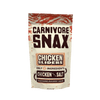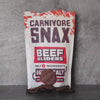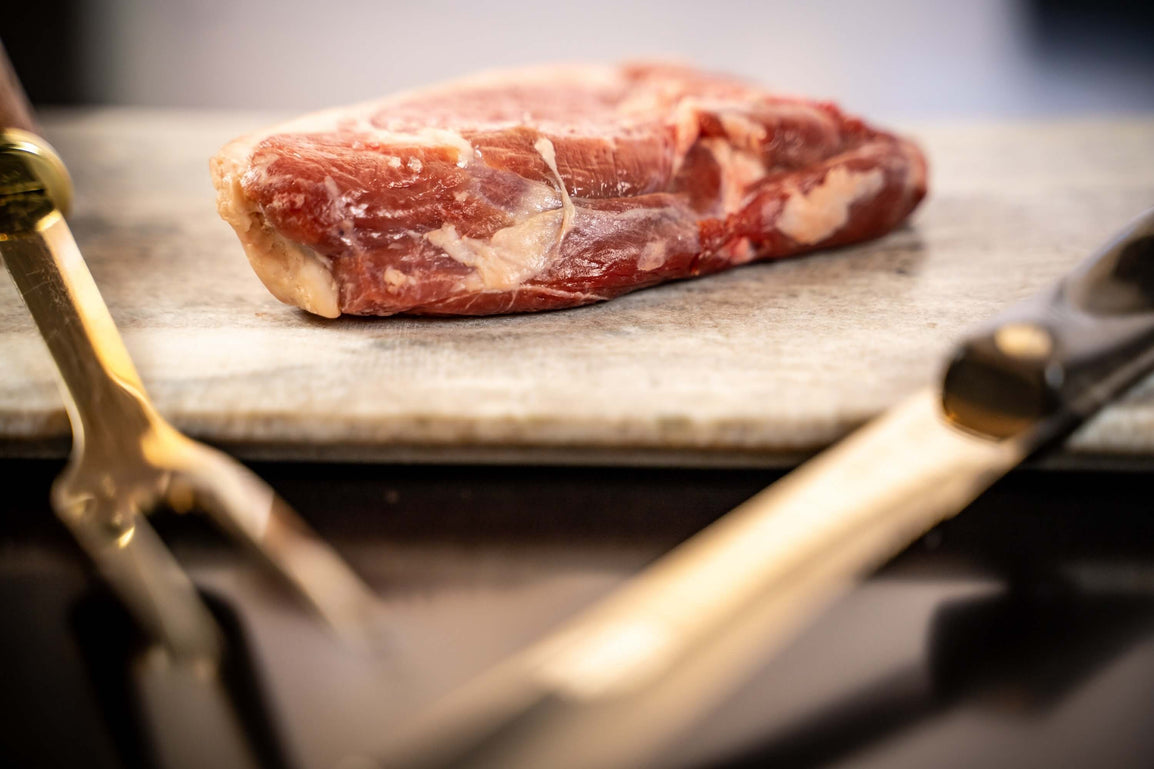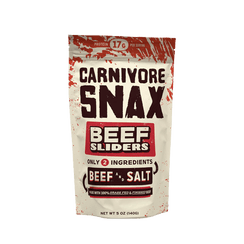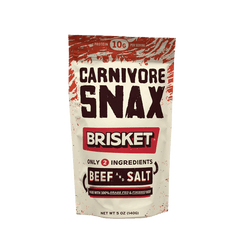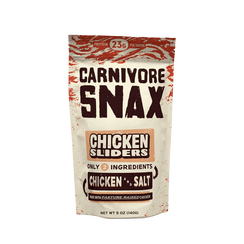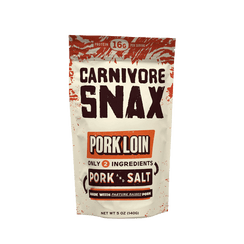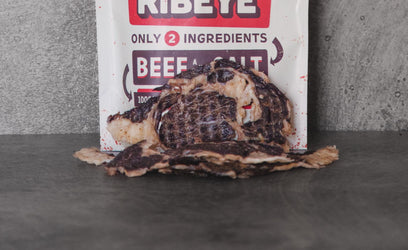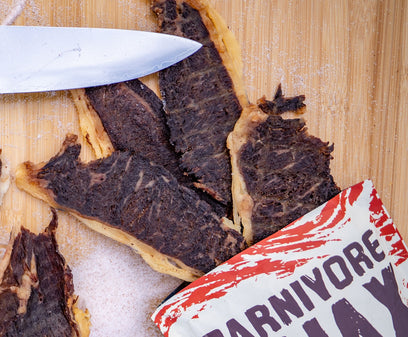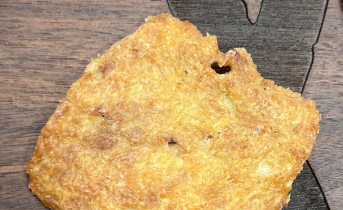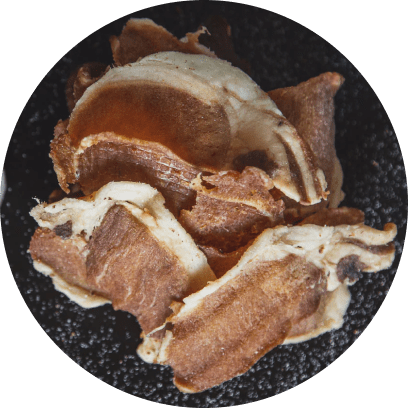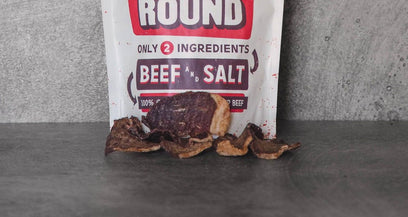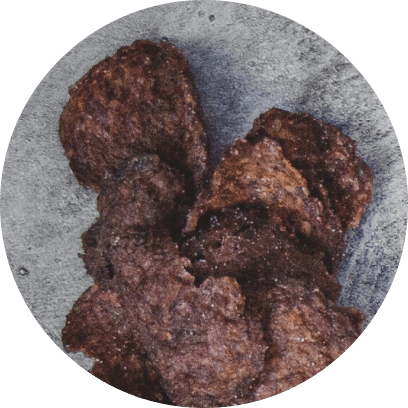THE CARNIVORE DIET BENEFITS




If the siren call of the carnivore diet captivated you, yet the thought of bidding farewell to some of your favorite foods dampened the thrill, you may be a perfect candidate for the modified carnivore diet.
You’re also not alone. Many are enticed by the impressive carnivore diet benefits, but the strictness can be a bit intimidating.
But just imagine harnessing the best of the carnivore world while still sprinkling in some cherished treats from the plant kingdom. With a few strategic modifications and the right expectations placed, this is your golden ticket to explore such a balance.
In this guide, we’ll escort you through the tantalizing path of why you’d even consider following a carnivore-adjacent diet in the first place and we’ll unveil a modified carnivore diet meal plan that meets your needs. First, we need to provide context as to what the carnivore diet is in the first place.
Understanding the Carnivore Diet Foundation
The carnivore diet has emerged as one of the most intriguing diets due to its simplicity and the impressive carnivore diet results individuals are seeing.
But before we sail into the waters of its modified version, let’s anchor our understanding with the foundational principles of the traditional carnivore diet.
Nutritional Tenets: Why Animal-Based Products?
First things first - what can you eat on the carnivore diet? At its core, the carnivore diet emphasizes a consumption model solely reliant on animal products.
No fruits, no vegetables, no grains. Just meat and, for some, animal derivatives like eggs and cheese on carnivore diet. But why such devotion to animal-based sustenance?
- Complete Proteins: Animal products are replete with all essential amino acids our body requires. These amino acids are the building blocks of our body, vital for muscle growth, repair, and various biochemical processes.
- Bioavailable Nutrients: The minerals and vitamins in animal products are generally more bioavailable. This means our body can absorb and utilize them more efficiently than their plant counterparts. For instance, heme iron from meat is absorbed more readily than non-heme iron from plants.
- Fat-soluble Vitamins: Animal fats are rich sources of vitamins A, D, E, and K2 - essential nutrients that play crucial roles in bone health, immunity, and cellular functions.
It’s not just about what you’re getting through animal-based ingredients, but also what you’re avoiding in plant-based ingredients. Many plant-based foods are inflammatory by nature and can cause a myriad of health issues.
Common Health Benefits and Their Mechanisms
The carnivore diet's champions frequently report an array of health benefits, and while individual results may vary, several mechanisms underpin these positive transformations:
- Reduced Inflammation: Without sugar, processed foods, and certain plant compounds that some individuals may be sensitive to, many followers observe a notable reduction in inflammation and related ailments. Learn more in our guide to carnivore diet inflammation.
- Enhanced Mental Clarity: A diet rich in healthy fats and devoid of sugar crashes or carbohydrate-induced fog may contribute to sharper cognition and improved concentration.
- Gut Health: By eliminating potential irritants and allergens from plants, some people experience better gut health, reducing symptoms like bloating, gas, and irregular bowel movements.
Critiques and Concerns
However, like any diet that takes the world by storm, the carnivore approach isn't exempt from scrutiny:
- Lack of Fiber: Critics often highlight the absence of dietary fiber, essential for gut health and regular bowel movements. This can lead to some unpleasant carnivore diet side effects.
- Micronutrient Deficiency: Over time, concerns arise about potential deficiencies in specific nutrients predominantly found in plants, like Vitamin C or certain phytonutrients.
- Monotony & Social Challenges: Many find the diet socially restricting, especially during gatherings or outings, and yearn for culinary diversity.
Let’s be clear, though - in weighing the carnivore diet pros and cons, it’s clear that the upside outweighs any potential downside. So, is the carnivore diet safe? Yes - in fact, many of these critiques and concerns can be addressed through a slightly modified carnivore diet!
What Does it Mean to Modify the Carnivore Diet?
Every individual's body and lifestyle differ, leading some to look for variations that better align with their unique needs. That's where the concept of a modified carnivore diet comes into play.
Modifying the carnivore diet involves integrating select non-animal foods into the regimen. But tread carefully as this isn't an invitation to haphazardly toss any item into your plate.
The aim remains to harness the power of a primarily animal-based diet while adding a sprinkle of flexibility. It's like having the foundational notes of a classic symphony but allowing for a few improvisational chords.
Fundamental Pillars of the Carnivore Diet
Before we peek into the grey areas, let's re-establish the fundamental pillars that you mustn't change if you hope to reap the benefits of the carnivore lifestyle:
- Primary Nutrient Source: Meat remains king. Be it beef, chicken, fish, or pork, the core of your nutritional intake should stem from these sources. It’s where you’ll derive the majority of your protein, essential fats, and a host of vital carnivore diet macros amd micronutrients.
- Limiting Carbohydrates: One of the main tenets is to drastically reduce carnivore diet carbs. This not only promotes fat as the primary energy source but also curtails the blood sugar fluctuations that come with carb-heavy diets.
- Emphasis on Whole Foods: Processed foods, with their additives and preservatives, are a no-go. The focus is on consuming foods in their most natural state.
The Grey Area: Foods on the Boundary
When modifying, it's crucial to approach with caution and be discerning about what makes the cut. There are some foods you shouldn’t consume at all if you’re serious about a carnivore diet. These options below, however, are in the grey area:
- Nuts and Seeds: While not part of the traditional carnivore plate, nuts like macadamias or almonds can be introduced in moderation. They bring in healthy fats, a touch of protein, and minimal carbohydrates. But be mindful; they also pack in calories and can be allergenic to some.
- Low-Carb Vegetables: Think zucchini, cauliflower, and broccoli. These veggies have a lower carb profile, provide dietary fiber, and can add a hint of color and texture to your plate.
- Fruits in Limited Quantities: Berries, in particular, can be an occasional treat. They're lower in sugar compared to other fruits and brimming with antioxidants. Learn more in our guide on carnivore diet fruit.
- Fermented Foods: Items like sauerkraut or kimchi can be considered for their probiotic benefits, enhancing gut health.
Why Would You Consider Following a Modified Carnivore Diet?
Stepping slightly off the strict carnivore path isn't a sign of dietary defeat. Instead, it's an acknowledgment that, for some, a modified approach might align better with various facets of their lives. But why exactly might someone veer towards a carnivore-adjacent diet? Let’s delve deeper.
Dietary Restrictions and Allergies
Some individuals have allergies to certain meats or animal products. For instance, a person with an allergy to shellfish or even certain types of red meat might find it challenging to derive all their nutrients from an entirely carnivore menu. Introducing selected plant-based foods can be a workaround.
Beyond allergies, some might experience intolerances with dairy or specific fats. Adapting the diet can ensure that one still enjoys the majority of the benefits without the discomforts.
Lifestyle, Activity Levels, and Personal Goals
Athletes or those with particularly active lifestyles may find they need additional energy. While animal products can provide a lot, certain carbs like sweet potatoes or beets, when added in moderation, can offer quick energy sources post-training. Learn more in our guide on how much protein should an athlete eat.
But it’s not just athletes who may want to tweak the diet slightly. Depending on whether one aims to gain muscle or lose fat, the macronutrient ratios can be tweaked.
This might mean incorporating a handful of nuts for added fats or integrating a side of low-carb veggies for volume without the calorie punch. We have a detailed article on carnivore weight loss if you’d like to learn more.
Managing Social Gatherings and Eating Out
Diving into a steak while your friends savor a variety of dishes can sometimes feel isolating. Having the flexibility to incorporate a salad or some veggies can make social situations less daunting.
For the avid traveler, sticking strictly to carnivore can be a challenge, especially in cultures where plant-based foods dominate. A modified approach allows for immersion without total deviation.
Mental Health and Dietary Satisfaction
Our relationship with food isn't just nutritional - it's emotional. The joy of tasting, savoring, and experimenting contributes significantly to our mental well-being. For some, an occasional berry tart or almond crumble can uplift spirits and ensure the diet doesn't feel restrictive.
Food guilt can be a real concern. By allowing certain diversions within a set boundary, individuals can avoid the mental turmoil that might arise from “breaking the diet”.
Modified Carnivore Diet Meal Plan Examples You Can Consider
Now, let’s get into the fun part: sharing a few modified carnivore diet meal plan examples you can consider trying! Then, we’ll leave you with a few parting tips on actually modifying your carnivore diet to reap its benefits to the fullest.
Low-Carb Vegetables and Fruits: Avocados, Berries, and Beyond
Introducing select low-carb vegetables and fruits can offer nutritional benefits without drastically increasing your carbohydrate intake, allowing for a bit more variety in your daily meals.
- Avocados: These are a great source of healthy fats that can enhance the texture and taste of your meals. They provide satiety, making them a fitting complement to meat dishes.
- Berries: A handful of berries can be a sweet treat without being carb-heavy. They offer antioxidants and can be an occasional indulgence in a carnivore diet.
- Leafy Greens: Incorporate greens like spinach, kale, and arugula for micronutrients and to add a fresh component to your dishes.
Fermented Foods for Gut Health: Sauerkraut, Kimchi
Adding fermented foods can be beneficial for your digestive system as it introduces probiotics that promote gut health.
- Sauerkraut: The tangy crunch of sauerkraut not only elevates the flavor profile of your meals but also introduces beneficial probiotics into your diet, aiding in better digestion.
- Kimchi: A spicy Korean staple, kimchi packs both flavor and a myriad of health benefits. It's a testament to how you can marry taste with health, even on a modified carnivore regimen.
Introducing Nuts and Seeds: Which Ones and Why?
The world of nuts and seeds is vast and varied. When cherry-picking from this category, it's essential to ensure they align with the carnivore diet's core philosophy, focusing on high fat and low carb.
- Macadamia Nuts: These spherical delights are more than just a snack. They're a nutrition-packed powerhouse, fitting seamlessly into the carnivore ethos with their high-fat content.
- Chia Seeds: Chia seeds, with their gel-like consistency when soaked, can introduce a unique texture into your meal plans. Rich in omega-3s and fiber, they're a testament to the fact that even small tweaks can bring about significant nutritional upgrades.
- Almonds: Beyond being a snacking option, almonds open the door to culinary creativity. Whether you're crafting a meal or seeking a mid-day munch, they're a crunchy companion you'd cherish.
Tips for Following a Carnivore Adjacent Diet
The modified carnivore diet meal plan examples above are designed to offer a balance - allowing you to savor the richness of flavors while staying true to the core tenets of the carnivore diet.
But, how do you go about starting the diet? Or, if you’re currently following the carnivore diet, how can you slowly integrate some of these other foods? We’ll offer a few more modified carnivore diet tips below.
Start By Following the Diet as Intended, Excluding Any Plant-Based Foods
Before you tweak, it's essential to understand the core. Starting with a strict carnivore diet gives you a clean slate. This will:
- Help you notice any immediate health benefits or challenges tied to a pure carnivore approach.
- Establish a baseline, so as you introduce new foods, you can clearly identify how each affects you.
- Foster an appreciation for the simplicity and satiating nature of animal-based foods.
Slowly Add Back in Restricted Items as You Work Toward a Modified Carnivore Diet
Once you're accustomed to the carnivore diet and understand your body's reactions to it, you can consider reintroducing certain foods.
But remember to only add one food group at a time. This phased approach lets you monitor any changes in energy, digestion, or other bodily responses.
Similarly, keep portions small initially. This isn't about diving back into a carb-heavy or plant-based diet but making subtle additions. Learn more in our conversation on how much to eat on carnivore diet.
Supplementation and Support to Guide You Through the Journey
Even as you modify the carnivore diet, there might be some nutrients that remain challenging to obtain. Here's where professional guidance and supplements for carnivore diet come in.
Consider omega-3s, magnesium, or specific vitamins based on your personal health needs and any gaps in your diet.
And, it may be worth engaging with a nutritionist familiar with the carnivore approach. They can offer invaluable advice on supplementation and meal planning.
Listening to Your Body and Allowing for Customization & Experimentation
The modified carnivore approach is all about personalization. To truly benefit, you must become attuned to your body's signals. If a reintroduced food causes bloating, fatigue, or any discomfort, reconsider its place in your diet.
You should also understand that your optimal diet might differ from someone else's. What works wonders for a friend might not suit you, and that's okay.
Allow yourself the freedom to experiment. Maybe fermented foods feel great, but nuts don't. The beauty of the carnivore-adjacent diet is in its flexibility.
Bringing Our Conversation on the Modified Carnivore Diet to a Close
Whether you’re on keto vs carnivore, variety is the spice of life. But eating meat day in, day out can get bland and boring. Moreover, this highly exclusionary approach may not fit your nutritional and health needs. That’s where the carnivore adjacent diet comes in.
As you now know, you can modify the carnivore diet to fit your unique needs. Maybe that means allowing for the occasional fruit and vegetables on your plate. Or, perhaps it entails some nuts, seeds, or fermented foods.
No matter what variation of carnivore you’re following, you need the right carnivore diet recipes and carnivore diet snacks. That’s where our carnivore chips come in - the best 0 carb snacks available for carnivores around the world.
They feature just two ingredients: meat and salt. That’s it. So, you can rest assured they fit your carnivore diet meal plan no matter what it looks like. And, they’re a great way to combat cravings whether you’re just starting the carnivore diet or have been on it for a while and are looking for something fresh.
The only question is, which meat chip will you try first? We have ribeye chips, steak chips, lamb chips, beef chips, brisket chips, chicken chips, and pork chips. Add these to your carnivore diet shopping list and set out on this journey to follow a modified carnivore diet on the right foot!






